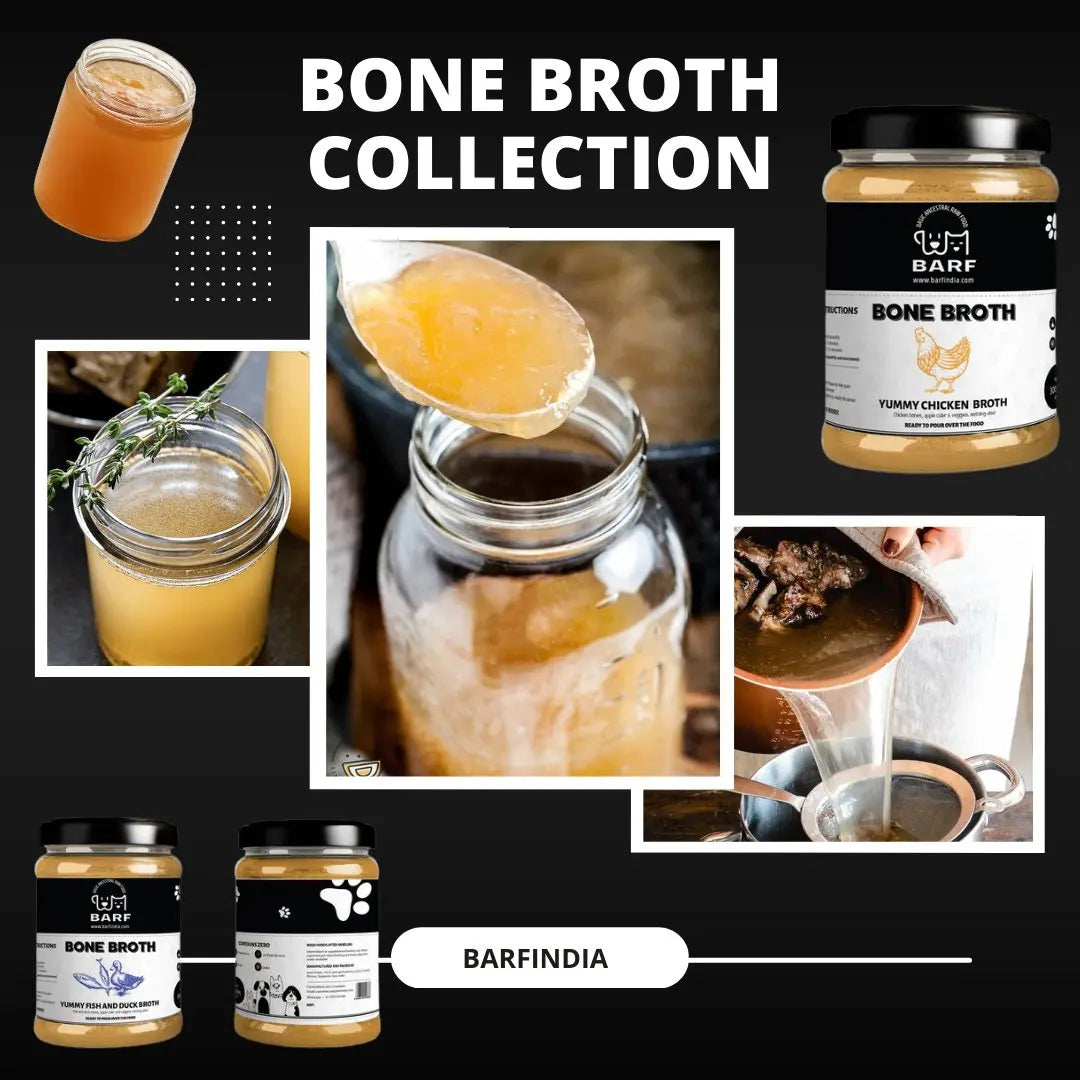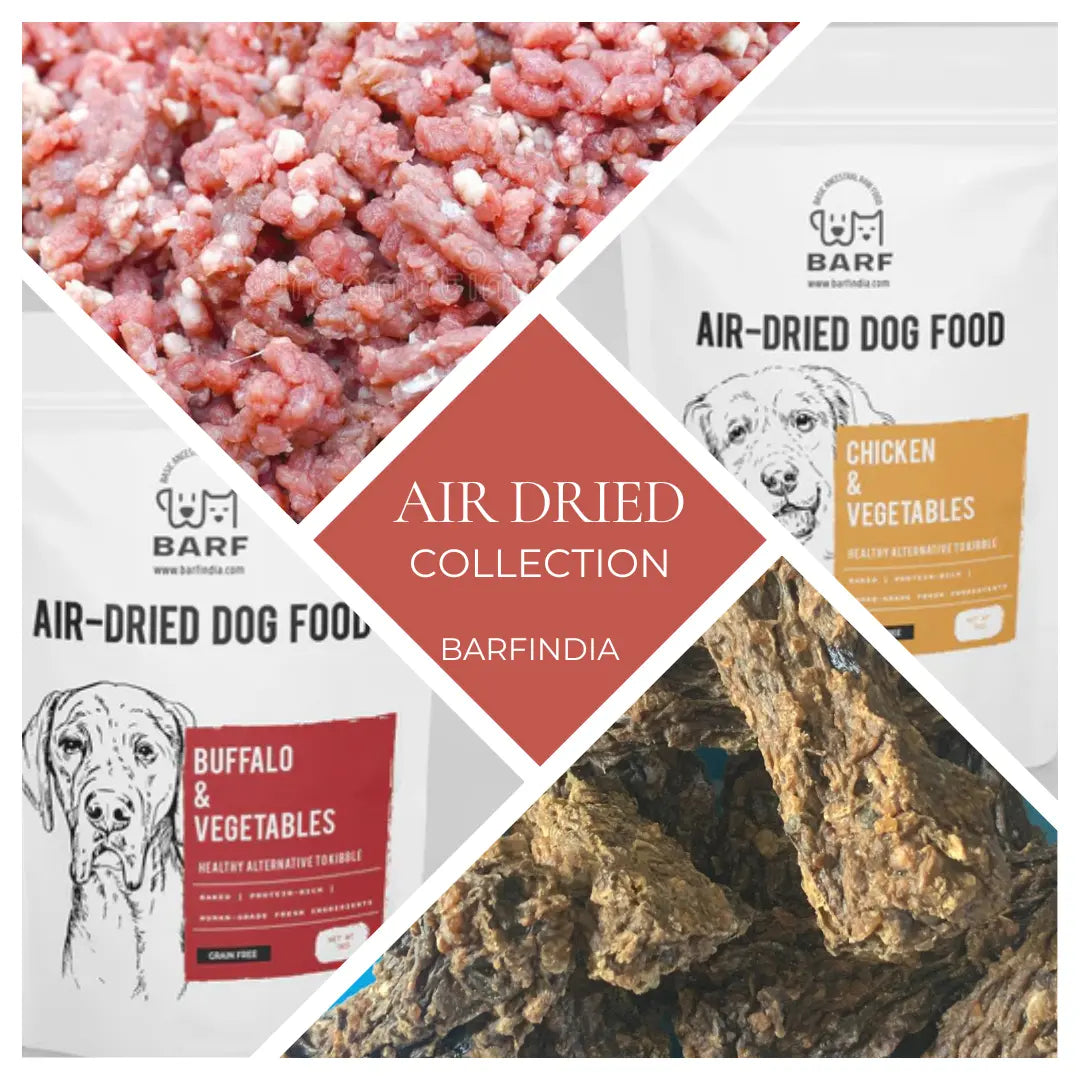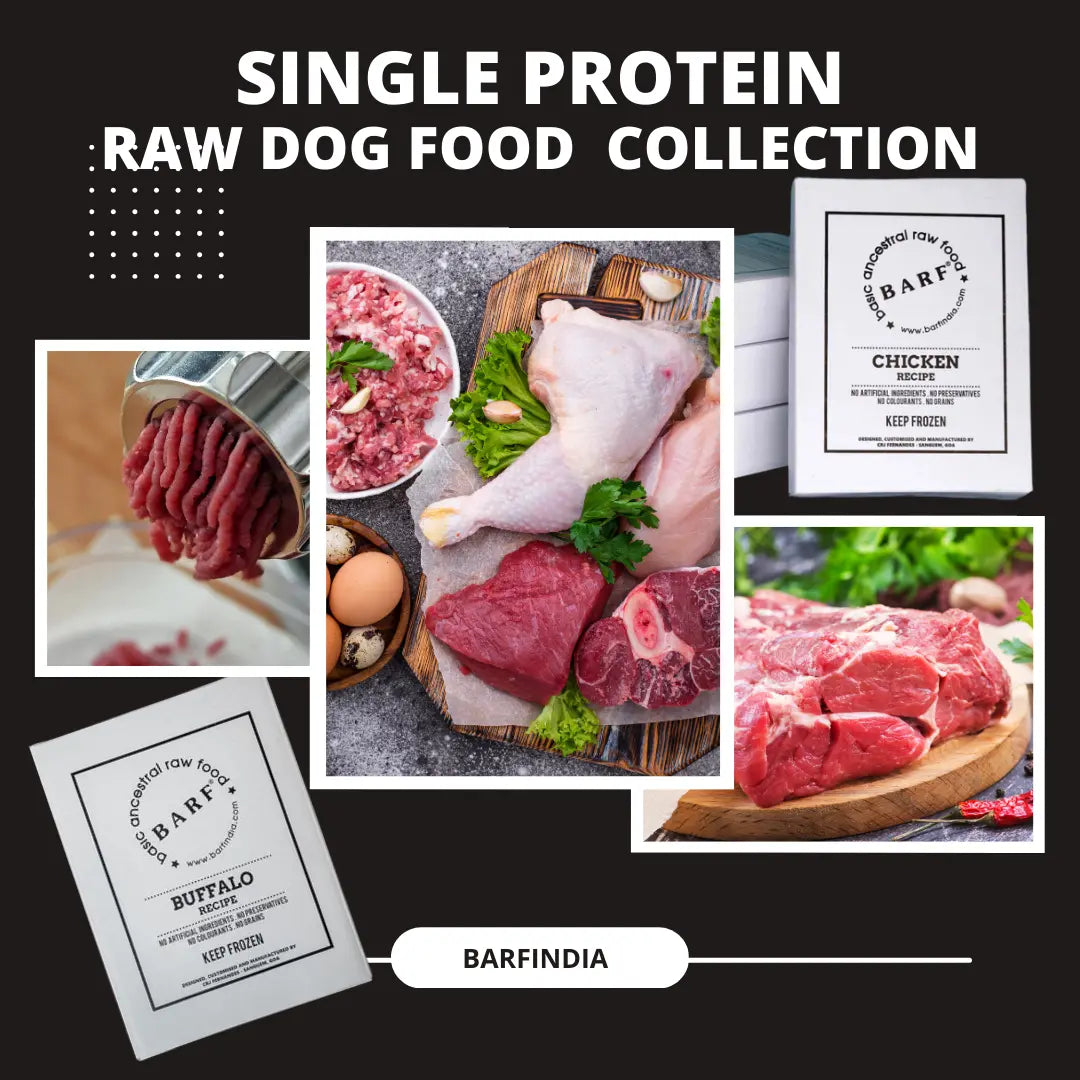
The Hidden Danger in Your Dogs Food Bowl.
Nivedita FernandesIs Your Dog’s Food Bowl Hiding a Health Hazard?
Introduction:
As pet owners, we often strive to provide the best care for our furry companions, ensuring they lead healthy and happy lives. However, amidst the plethora of pet food options available, there lies a hidden danger that many may not be aware of. While pet food labels boast of nutritious ingredients, some may contain substances that pose serious health risks to both animals and humans. One such perilous ingredient, known for its carcinogenic properties and potential to cause acute toxic illness, lurks unsuspectingly in many pet food bowl. In this article, we unveil the dangers associated with this toxin and explore ways to protect our beloved pets.
Understanding the Threat:
The toxic ingredient in question is none other than aflatoxin. Aflatoxins are naturally occurring mycotoxins produced by certain fungi, primarily Aspergillus species, which can contaminate various agricultural crops, including corn, peanuts, and grains. These toxins are considered among the most potent carcinogens in existence, with even low levels of exposure posing significant health risks.
Cats and dogs, in particular, are highly sensitive to aflatoxin poisoning. Their smaller size and unique metabolic processes make them more susceptible to the adverse effects of these toxins. Aflatoxin exposure in pets can lead to acute toxic illness, causing symptoms such as vomiting, diarrhea, lethargy, and in severe cases, liver failure. Prolonged consumption of aflatoxin-contaminated food may also increase the risk of developing cancer in both animals and humans.
Identifying the Culprit:
The presence of aflatoxins in pet food is often attributed to poor quality control during the manufacturing process. Contamination can occur at various stages, from the cultivation and harvesting of crops to the production and storage of pet food. Moldy or improperly stored ingredients are particularly susceptible to aflatoxin contamination, highlighting the importance of stringent quality assurance measures in the pet food industry.
Recognizing Symptoms:
Aflatoxicosis primarily affects the liver, manifesting in gastrointestinal (GI) distress, reproductive complications, anemia, and jaundice. Specific aflatoxin strains are associated with cancer in animals.
If your dog or cat consumes food tainted with aflatoxins, you may observe one or more of the ensuing signs:
- Intense, Continual vomiting
- Lethargy
- Blood-streaked diarrhea
- Abnormal urine coloration
- Decreased appetite
- Yellowing of the skin, particularly evident around the eyes, gums, and abdomen
- Elevated body temperature
What Every Pet Parent Should Know About the Food Bowl
Mitigating the Risk:
As responsible pet owners, it's crucial to take proactive steps to safeguard our pets from aflatoxin exposure. Here are some strategies to minimize the risk:
-
Choose reputable brands: Opt for pet food brands with a track record of quality and safety. Look for products that undergo rigorous testing for aflatoxin and other contaminants.
-
Check for recalls: Stay informed about pet food recalls due to aflatoxin contamination. Websites and resources provided by regulatory agencies such as the FDA can help you stay updated on potential risks.
-
Store food properly: Store pet food in a cool, dry place, away from moisture and sunlight. Discard any food that appears moldy or has an unusual odor, as these may indicate aflatoxin contamination.
-
Diversify diet: Rotate between different types of pet food and incorporate fresh, whole foods into your pet's diet whenever possible. Variety can help reduce the risk of overexposure to aflatoxins from a single source.
-
Consult a veterinarian: If you suspect aflatoxin poisoning or notice any concerning symptoms in your pet, seek immediate veterinary care. Early intervention is crucial for preventing serious complications associated with toxin exposure.
Aflatoxins, potent mycotoxins produced by certain fungi, pose a significant danger to both animals and humans. These toxins can contaminate various agricultural crops, with certain ingredients commonly found in pet food being particularly susceptible to aflatoxin contamination. Let's explore these ingredients further:
-
Corn: Corn is highly prone to aflatoxin contamination, especially in warm and humid climates. Improper storage and exposure to moisture can exacerbate the proliferation of aflatoxins on corn, making it a risky ingredient in pet food.
-
Peanuts: Peanuts, often grown in conditions conducive to mold growth, are another high-risk ingredient. Aflatoxins can accumulate on raw peanuts and peanut meal used in animal feed, posing a threat to pets' health.
-
Cottonseed Meal: Aflatoxin contamination can occur during the harvesting and storage of cottonseed meal. As cottonseed meal is commonly used in dairy nutrition, precautions must be taken to prevent its transfer to milk.
-
Oilseeds: Oilseeds like sunflower, and soybeans can also become contaminated with aflatoxins under suitable conditions, further contributing to the risk of aflatoxin exposure in pet food.
To minimize the risk of aflatoxin exposure in pet food, pet owners can take several precautions:
- Choose reputable brands with stringent quality control measures.
- Stay informed about pet food recalls and avoid products associated with aflatoxin contamination.
- Store pet food properly in a cool, dry place away from moisture.
- Monitor pets closely for symptoms of aflatoxin poisoning and seek veterinary care promptly if needed.
Conclusion:
The presence of aflatoxin in pet food poses a significant threat to the health and well-being of our beloved furry companions. By understanding the risks associated with this toxic substance and taking proactive measures to mitigate exposure, we can ensure that our pets continue to thrive in a safe and nourishing environment. Remember, a little vigilance goes a long way in protecting those who bring us so much joy and companionship.



